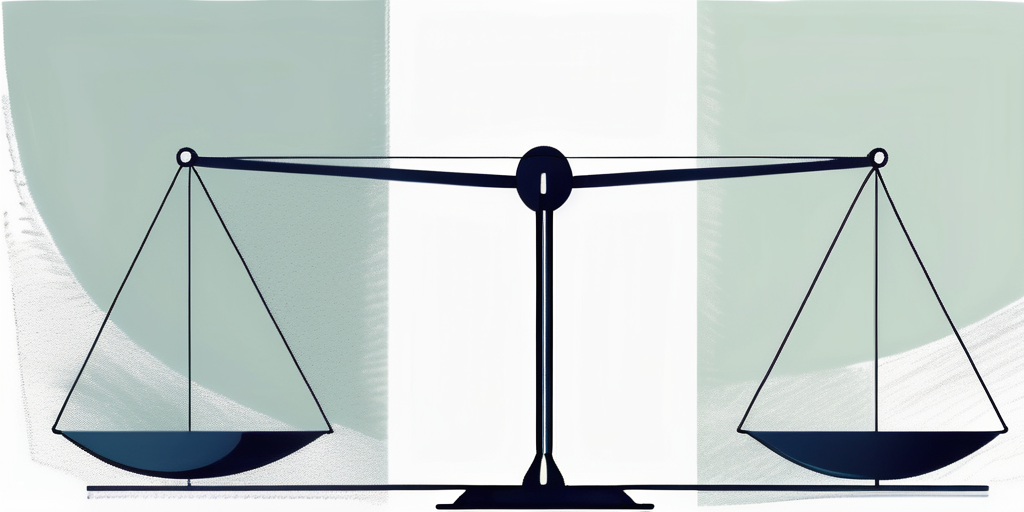Welcome, dear reader, to the wild, wacky, and wonderfully complex world of depreciation in business tax services. If you’ve ever found yourself lying awake at night, pondering the mysteries of the universe and the intricacies of business tax, then you’re in the right place. And if you haven’t, well, buckle up, because you’re about to embark on a thrilling journey through the land of depreciation.
Depreciation, in the simplest terms, is the decrease in value of an asset over time. But don’t be fooled by this seemingly straightforward definition. Like a clown car at the circus, there’s a lot more packed into this concept than you might expect. So, without further ado, let’s dive headfirst into the rabbit hole of depreciation.
The Basics of Depreciation
Imagine you’ve just bought a shiny new car. It’s sleek, it’s fast, and it smells like fresh leather and freedom. But the moment you drive it off the lot, its value begins to drop faster than a hot potato in a game of hot potato. This, my friends, is depreciation in action.
But why does this happen? Well, it’s all due to wear and tear, aging, and obsolescence. As time goes on, your once-pristine car gets dinged, scratched, and starts to show its age. And as newer, shinier models hit the market, your car becomes less desirable. This is the essence of depreciation.
Types of Depreciation
Now, you might be thinking, “Depreciation sounds simple enough. What’s the big deal?” Well, hold onto your hats, because things are about to get interesting. You see, there are different types of depreciation, each with its own quirks and complexities.
First, we have straight-line depreciation, which is the simplest and most common method. This is where the value of an asset decreases at a constant rate over its useful life. It’s like a slide at a playground: you start at the top and go straight down to the bottom.
Then there’s declining balance depreciation, where the value of an asset decreases at a faster rate in the early years of its life. It’s like a roller coaster: you start with a big drop, then the ride gets less intense as you go along.
And let’s not forget about units of production depreciation, where the value of an asset decreases based on how much it’s used. It’s like a buffet: the more you eat, the less food there is left.
Depreciation and Business Tax
Now that we’ve covered the basics of depreciation, let’s move onto the main event: how depreciation affects business tax. If you thought depreciation was just about assets losing value, think again. In the world of business tax, depreciation is like a magic trick that can make your tax bill disappear (or at least shrink a little).
Here’s how it works: when a business buys an asset, it can’t deduct the full cost of the asset in the year it’s purchased. Instead, it has to spread the cost over the asset’s useful life. This is where depreciation comes in. By depreciating an asset, a business can deduct a portion of the asset’s cost each year, reducing its taxable income.
The Role of Depreciation Schedules
Now, you might be wondering, “How does a business know how much to depreciate an asset each year?” Well, that’s where depreciation schedules come in. A depreciation schedule is like a roadmap that guides a business through the process of depreciating an asset.
A depreciation schedule includes information like the cost of the asset, its useful life, and the method of depreciation being used. It also shows the amount of depreciation for each year, which is used to calculate the business’s tax deductions.
Depreciation Methods and Their Impact on Business Tax
As we’ve already discussed, there are different methods of depreciation, and each one can have a different impact on a business’s tax bill. Let’s take a closer look at how this works.
With straight-line depreciation, a business deducts the same amount each year. This can be beneficial for businesses that want a steady, predictable amount of depreciation. However, it might not accurately reflect the actual decrease in value of the asset.
With declining balance depreciation, a business deducts more in the early years and less in the later years. This can be beneficial for businesses that want to maximize their deductions in the early years. However, it can also result in a larger tax bill in the later years.
With units of production depreciation, a business deducts based on how much the asset is used. This can be beneficial for businesses that use their assets heavily in the early years. However, it requires accurate tracking of the asset’s usage, which can be time-consuming.
Depreciation and Tax Planning
Depreciation isn’t just about calculating tax deductions. It’s also a powerful tool for tax planning. By strategically managing depreciation, businesses can optimize their tax situation and save money.
For example, a business might choose to use a faster method of depreciation for assets that will lose value quickly. This allows the business to deduct more in the early years, reducing its taxable income when it’s likely to be higher.
On the other hand, a business might choose to use a slower method of depreciation for assets that will retain their value. This allows the business to spread out its deductions, providing a consistent reduction in taxable income over a longer period.
Conclusion
So, there you have it: a deep dive into the world of depreciation in business tax services. From the basics of depreciation to the intricacies of tax planning, we’ve covered it all. And while it might seem complex, remember: depreciation is just like a clown car. It might seem small and simple on the outside, but there’s a lot more to it once you start digging in.

So, next time you find yourself lying awake at night, pondering the mysteries of the universe and the intricacies of business tax, remember this guide. And who knows? You might even find yourself chuckling at the thought of depreciation. After all, in the world of business tax, depreciation is no laughing matter. Or is it?


